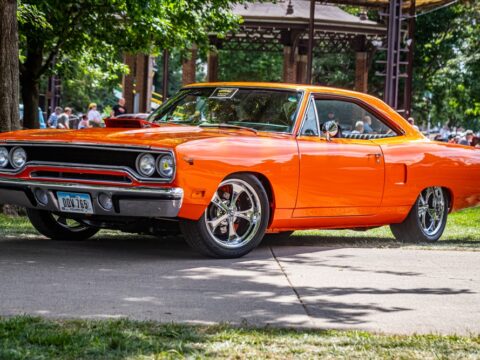Car detailing is all about making your vehicle look its best, but it’s easy to make mistakes along the way. Whether you’re a seasoned pro or just starting out, there are common pitfalls that can lead to less-than-perfect results or even damage your car. Understanding these mistakes and how to avoid them is key to achieving a flawless finish. We’ll explore 15 common pitfalls in car detailing and offer tips on how to steer clear of them.
Contents
Using the Wrong Cleaning Products

Choosing the wrong cleaning products can cause significant damage to your vehicle’s surfaces. Harsh chemicals may strip away protective coatings, fade your paint, or corrode metal components. It’s crucial to select products specifically designed for automotive use, as they clean effectively without compromising your car’s materials. Investing in the right products not only preserves your car’s appearance but also prevents costly repairs down the line.
Skipping the Pre-Wash Stage
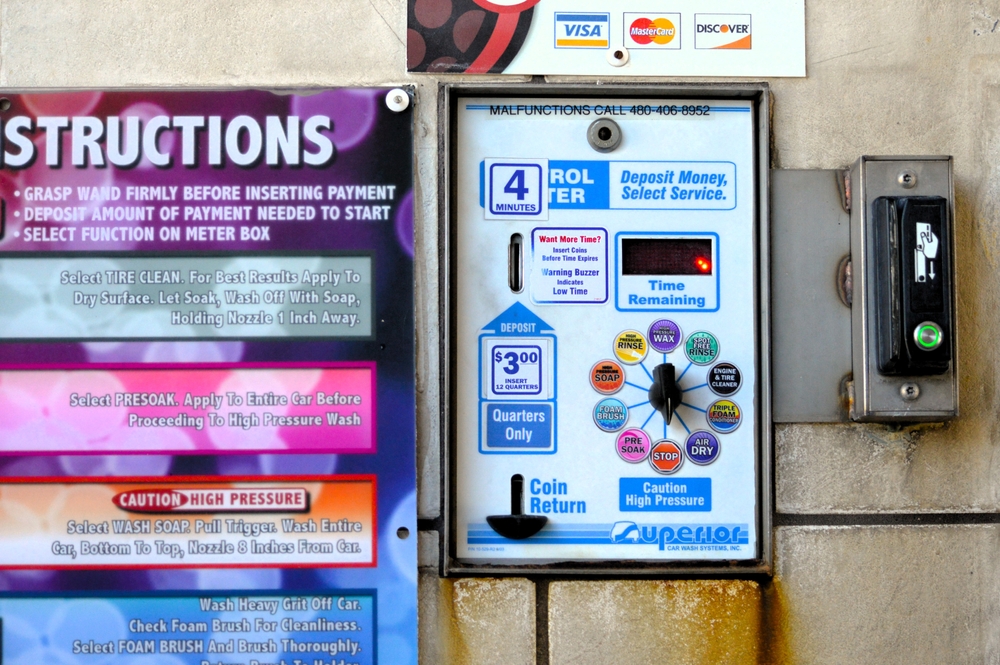
Skipping the pre-wash stage is a common mistake that can result in scratches on your car’s paint. Dirt and debris left on the surface act like sandpaper when you start washing. A thorough rinse before applying soap helps remove these particles, reducing the risk of damage. This step is particularly important after a long drive or during pollen season, when your car is most vulnerable to scratching.
Using a Single Bucket for Washing
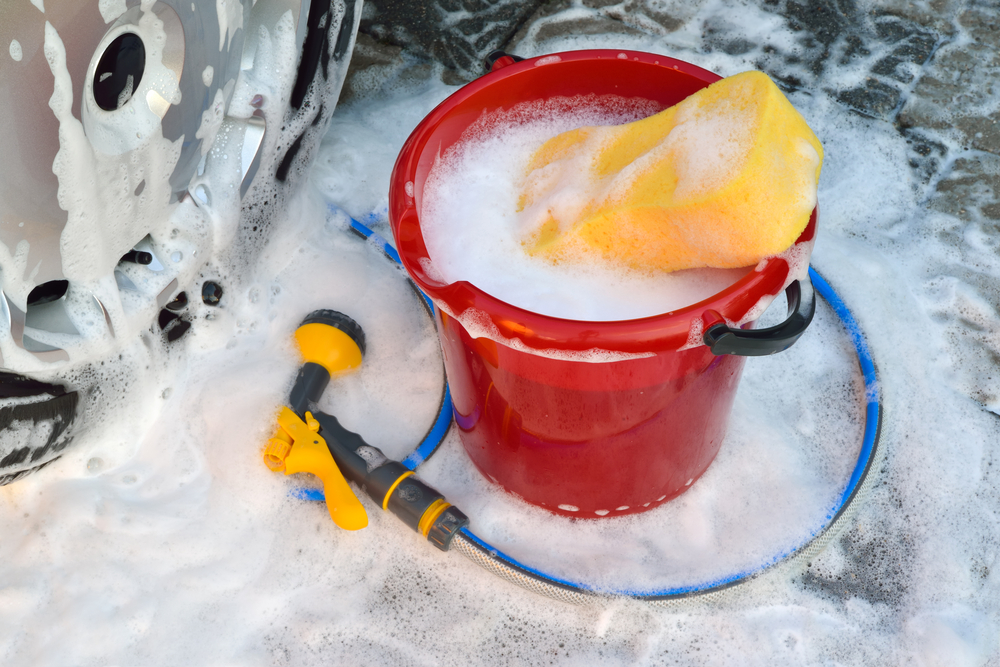
Relying on just one bucket during washing often leads to reapplying dirt and grime to your vehicle. This practice increases the likelihood of swirl marks on your paint. Adopting the two-bucket method—one for soapy water and one for rinsing—keeps your wash mitt clean, ensuring a scratch-free finish. Incorporating this simple technique can significantly improve the quality of your car wash.
Ignoring the Importance of Microfiber Towels
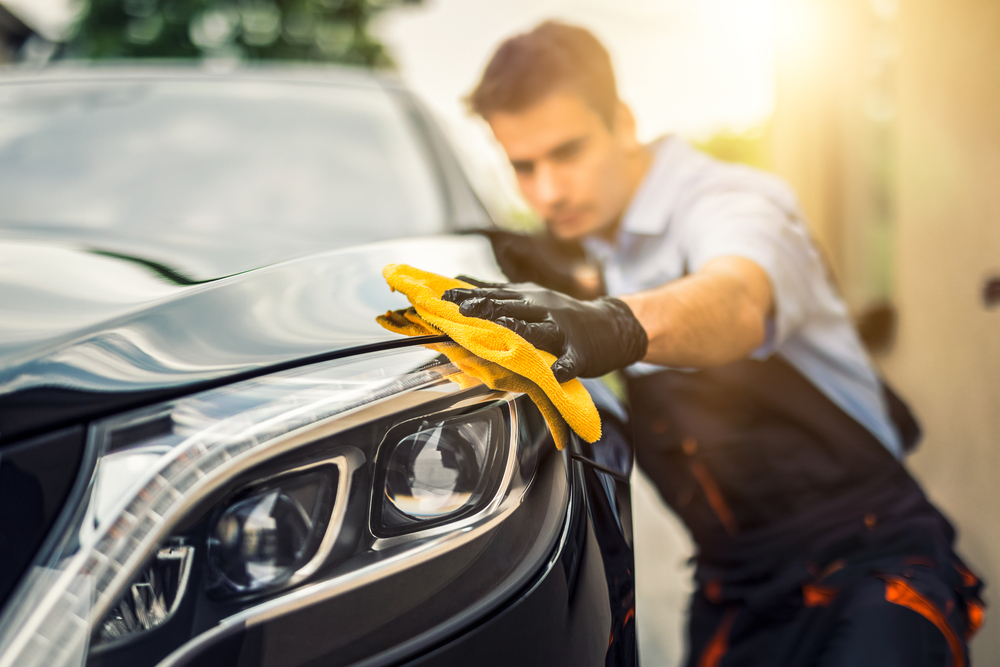
Using old rags or paper towels for car detailing might seem convenient, but it can cause scratches and leave behind lint. Microfiber towels, designed to be gentle on paint and highly absorbent, are the ideal choice for drying and buffing. Keeping a supply of clean, high-quality microfiber towels ensures a flawless finish without damaging surfaces. These towels are a small but vital investment for any detailing job.
Overlooking the Clay Bar Treatment
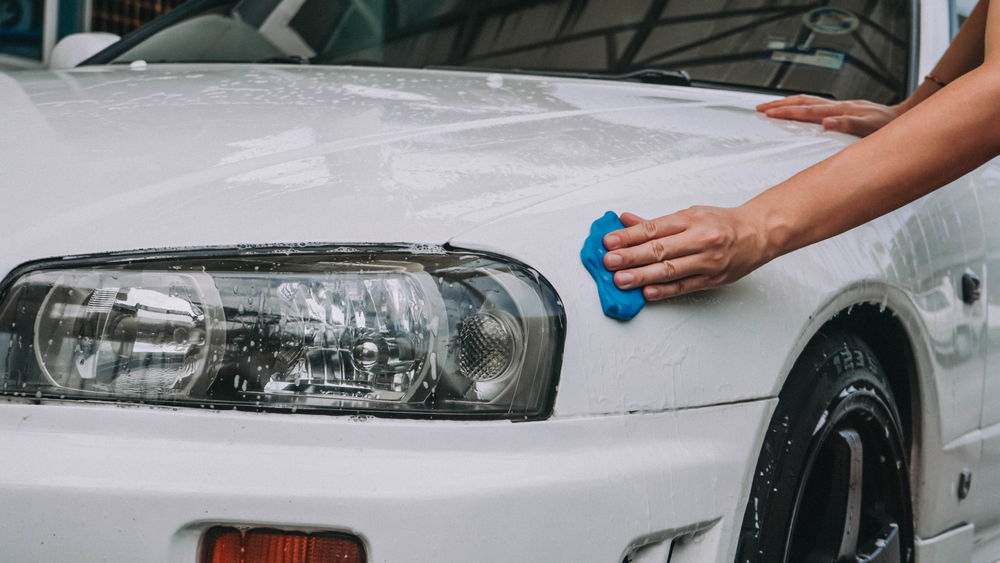
Many car owners skip the clay bar treatment, leaving contaminants embedded in the paint. These particles make the surface feel rough and look dull. The clay bar effectively removes these contaminants, preparing the surface for polishing and waxing. Incorporating this step ensures a smoother, more reflective finish, significantly enhancing your vehicle’s appearance.
Applying Wax or Polish in Direct Sunlight
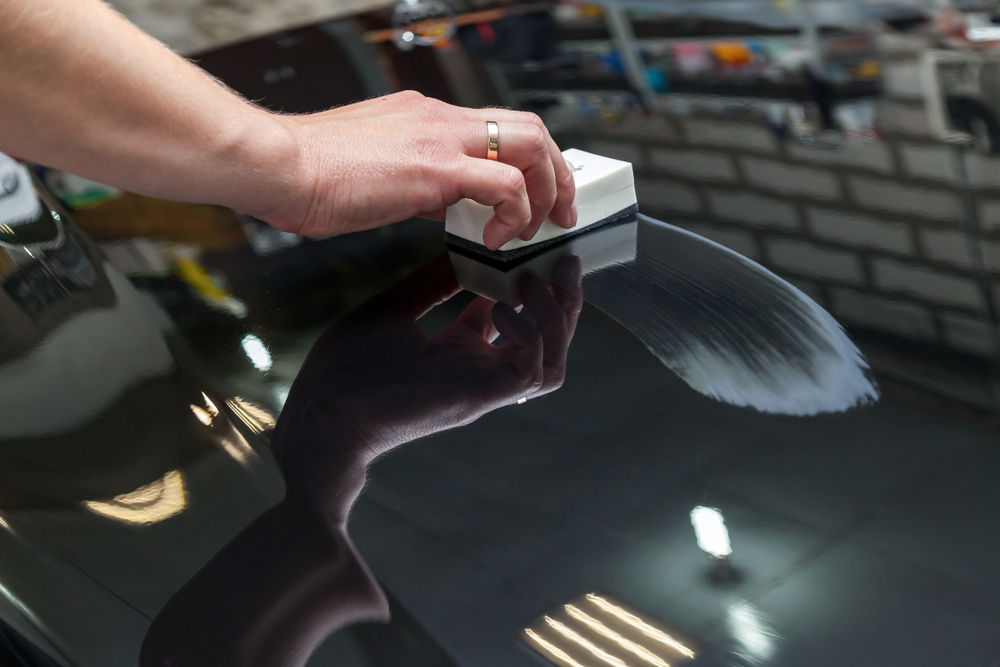
Waxing or polishing your car under direct sunlight can cause the product to dry too quickly, resulting in streaks and an uneven finish. The heat also makes it more difficult to buff off the product. To avoid these issues, work in a shaded area or during cooler parts of the day. This approach allows the product to bond properly with the paint, giving you a longer-lasting shine.
Neglecting Wheel and Tire Care

Detailing often focuses on the car’s body, leaving the wheels and tires overlooked. Accumulations of brake dust, road grime, and dirt can dull the appearance of your wheels and dry out your tires. Using specialized cleaners for wheels and conditioners for tires will restore their look and protect them from wear. Attention to these areas enhances your vehicle’s aesthetics and longevity.
Using a Dirty Wash Mitt or Sponge
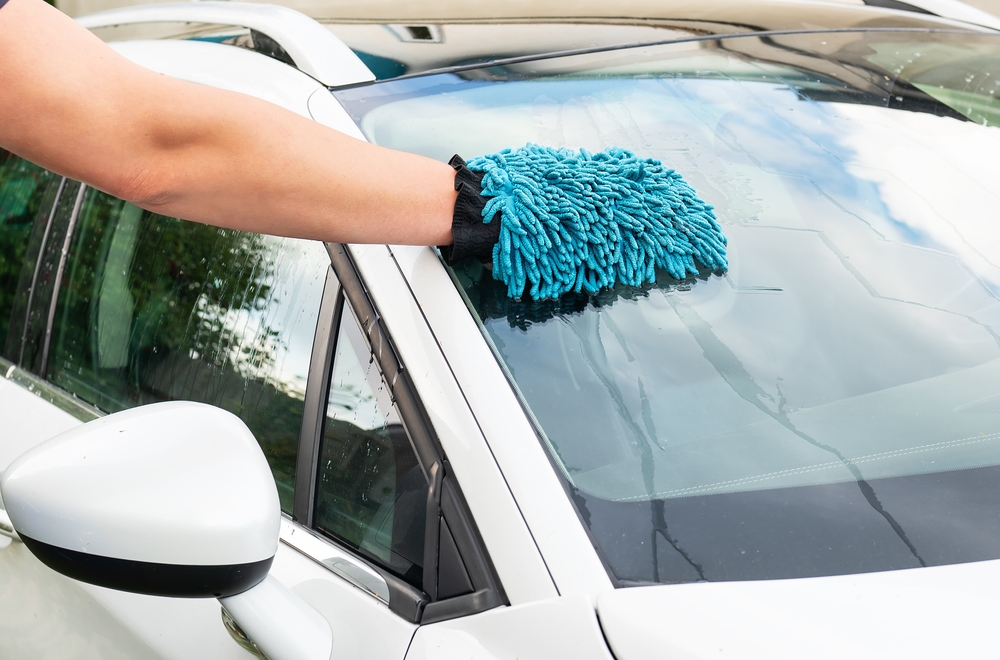
A dirty wash mitt or sponge is a common culprit behind fine scratches and swirl marks on your car’s paint. These tools trap dirt and debris, which are then rubbed back onto the surface during washing. Regularly rinsing your mitt or sponge and replacing it when necessary can prevent this damage. Clean tools are essential for maintaining your car’s finish.
Forgetting to Clean the Undercarriage
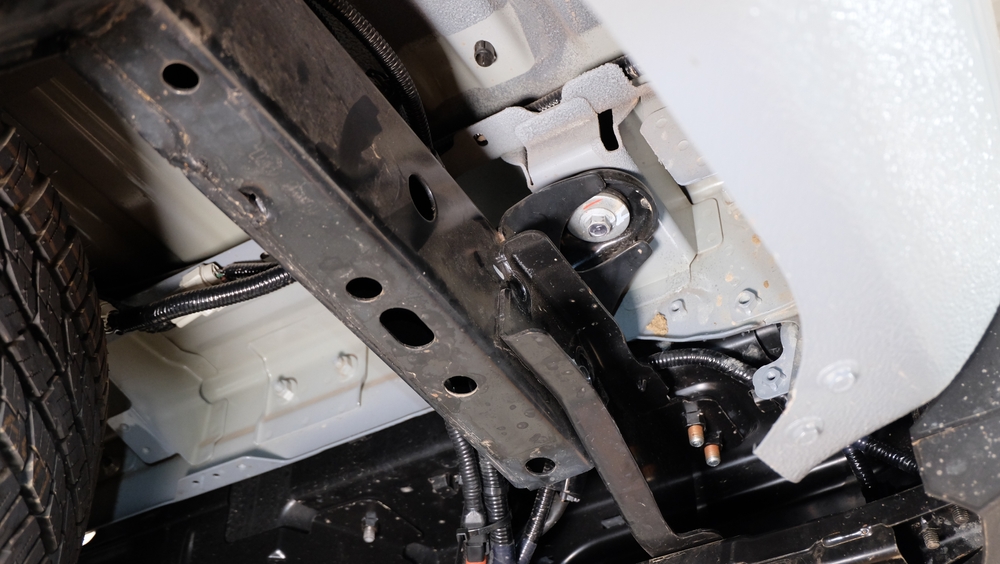
The undercarriage of a vehicle often goes unnoticed during detailing, yet it collects a significant amount of dirt, salt, and debris. Failure to clean this area can lead to rust and corrosion, particularly in regions with harsh winter conditions. Regular undercarriage washes are essential to protect your vehicle’s structural integrity. Keeping this area clean can prevent long-term damage and extend the life of your car.
Skipping Interior Detailing
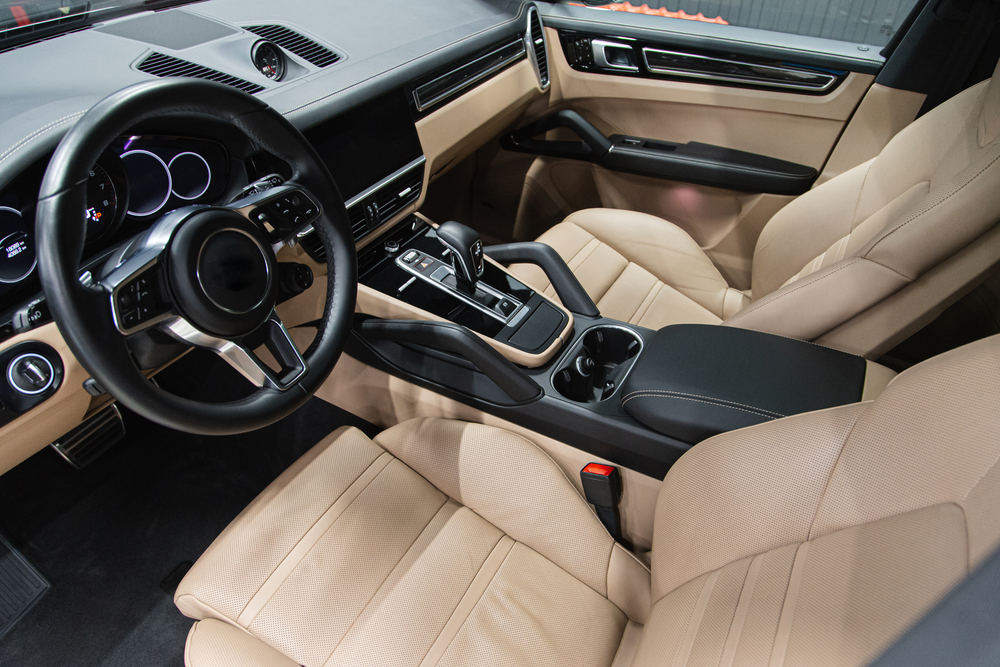
While exterior detailing may seem like the priority, neglecting the interior can lead to a variety of issues such as unpleasant odors, stains, and wear. Dust and grime can accumulate on surfaces, and UV rays can cause upholstery to fade. Regular vacuuming, wiping down surfaces, and conditioning seats are crucial for maintaining your car’s interior. A clean interior not only enhances your driving experience but also helps retain your car’s value.
Improper Polishing Technique
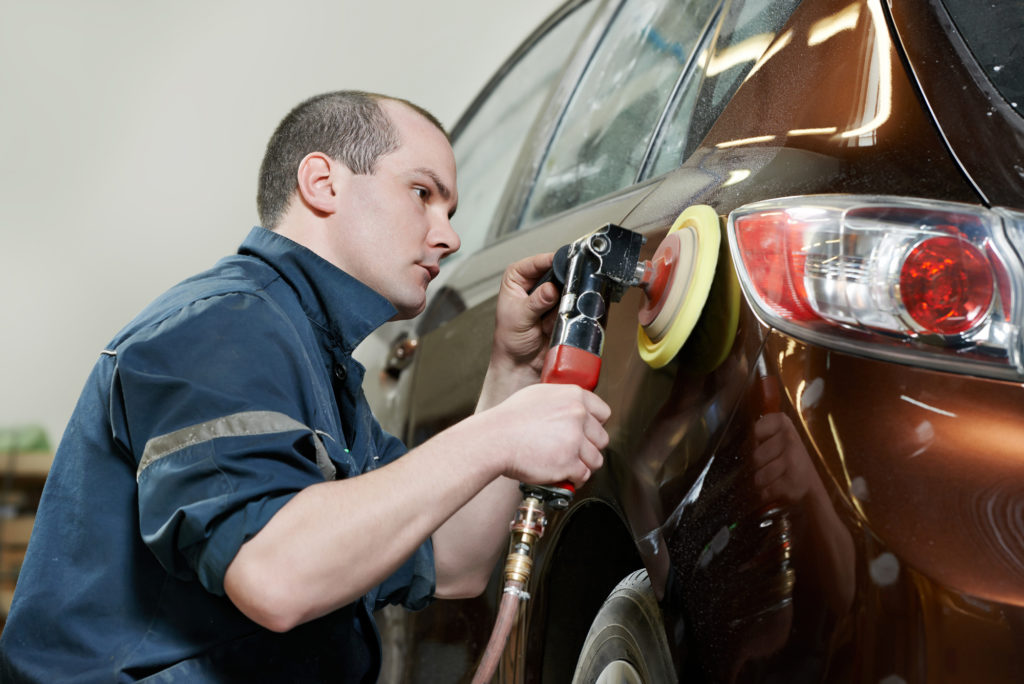
Polishing your car without the correct technique can lead to uneven surfaces, swirl marks, or even holograms. It’s important to use the right tools, apply moderate pressure, and move in a consistent pattern. Starting with the least abrasive polish and progressing if necessary helps achieve a smooth, glossy finish. Proper technique ensures that the polish enhances your car’s appearance without causing unintended damage.
Neglecting Headlight Restoration

Cloudy or yellowed headlights are often ignored during the detailing process, yet they significantly reduce visibility and detract from your car’s appearance. Headlight restoration kits are easy to use and can dramatically improve both safety and aesthetics. Regular maintenance keeps your headlights clear and functional, which is essential for safe driving. This small effort can make a big difference in how your vehicle looks and performs.
Skipping the Final Inspection
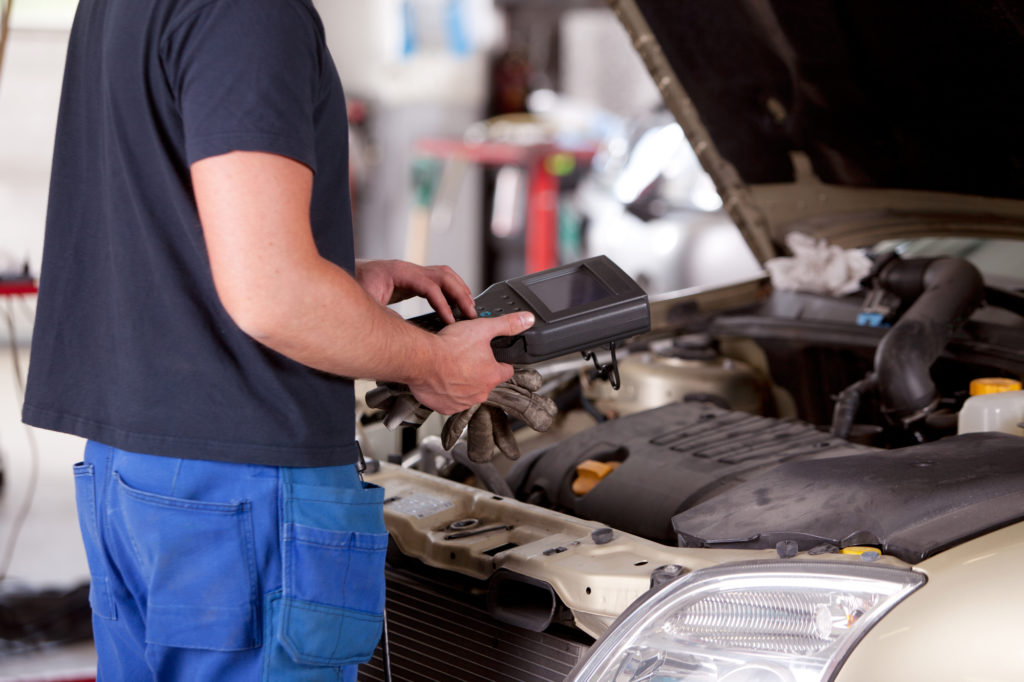
After detailing, skipping a final inspection can result in a less-than-perfect finish. This step is crucial to catch any spots you may have missed or areas that need a touch-up. A thorough inspection ensures that your car looks its best from every angle. Taking a few extra minutes for this step guarantees a high-quality result and customer satisfaction.
Improper Drying Techniques
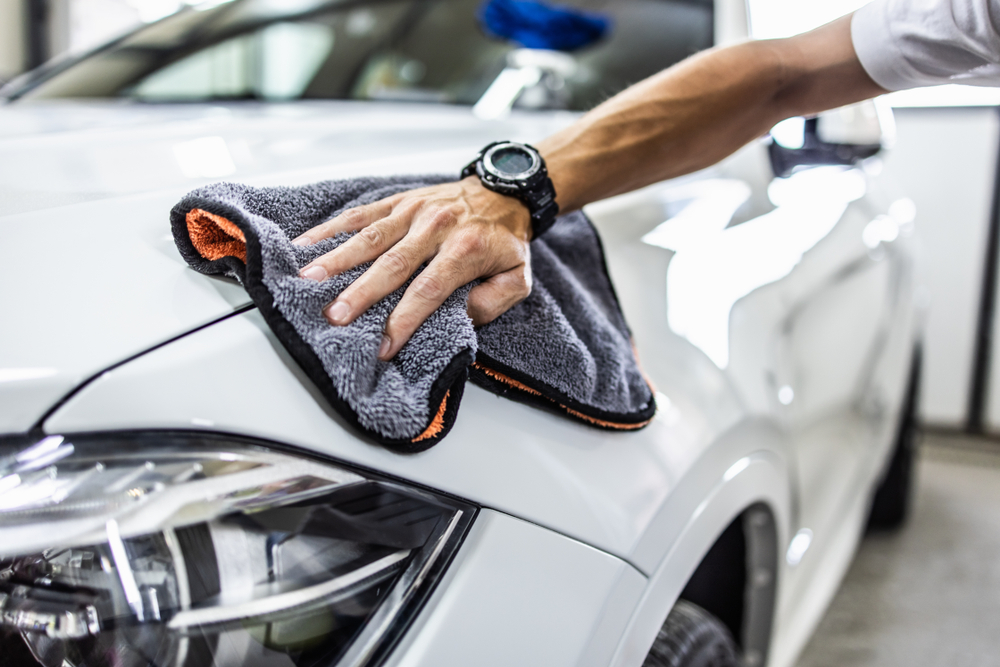
Improper drying methods, such as using a bath towel or allowing the car to air dry, often result in water spots and swirl marks. Microfiber drying towels or even a leaf blower can prevent these issues and ensure a spotless finish. Proper drying techniques are essential for maintaining your car’s glossy appearance. Ensuring that your vehicle is dried correctly also prevents long-term damage caused by water spots.
Using Household Glass Cleaner on Car Windows

Household glass cleaners typically contain ammonia, which can damage window tint and leave streaks. Automotive glass cleaners, on the other hand, are formulated to clean without harming tint or leaving residue. Pairing these cleaners with a microfiber cloth will give you a streak-free finish. This simple change can greatly improve the clarity and appearance of your car’s windows.
This article originally appeared in MyCarMakesNoise.
More from MyCarMakesNoise
15 Best Practices for Extending Your EV Battery’s Lifespan
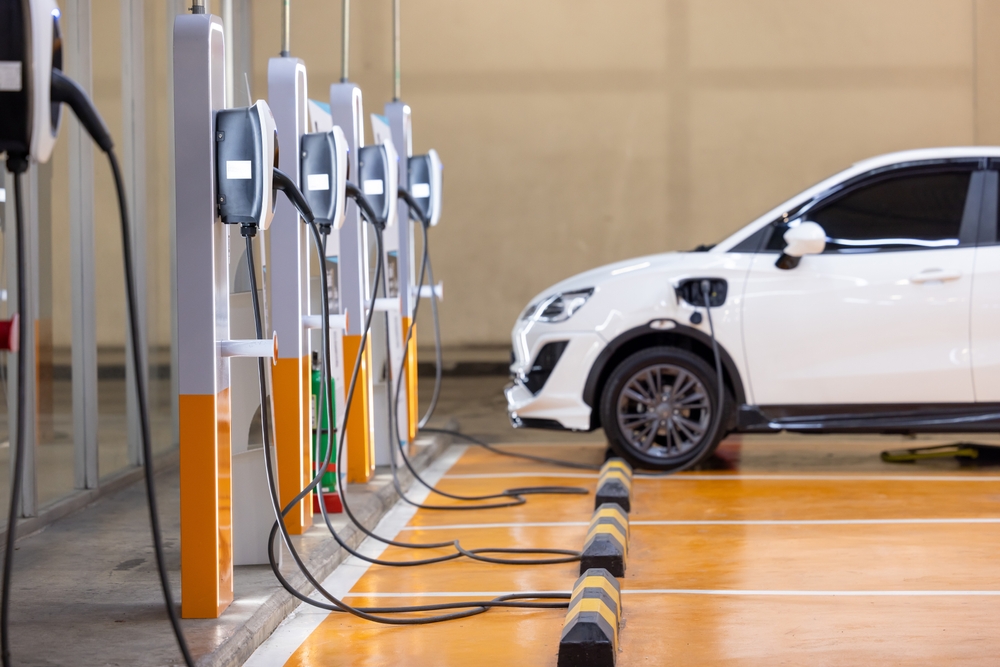
Extending the life of your EV battery is crucial for maximizing your vehicle’s performance and longevity. By adopting a few simple habits and practices, you can significantly enhance your battery’s health and efficiency. Read More.
15 Overlooked Issues with Electric Cars You Should Know

Electric cars are often hailed as the future of transportation, promising a cleaner and more sustainable way to get around. However, like any technology, they come with their own set of challenges that aren’t always immediately apparent. Read More.
17 Unbelievable Engineering Feats in Submarine History

Submarines have fascinated us for over a century with their incredible feats of engineering. From the early prototypes to today’s advanced underwater vessels, the innovations in submarine technology have been nothing short of remarkable. Read More.

